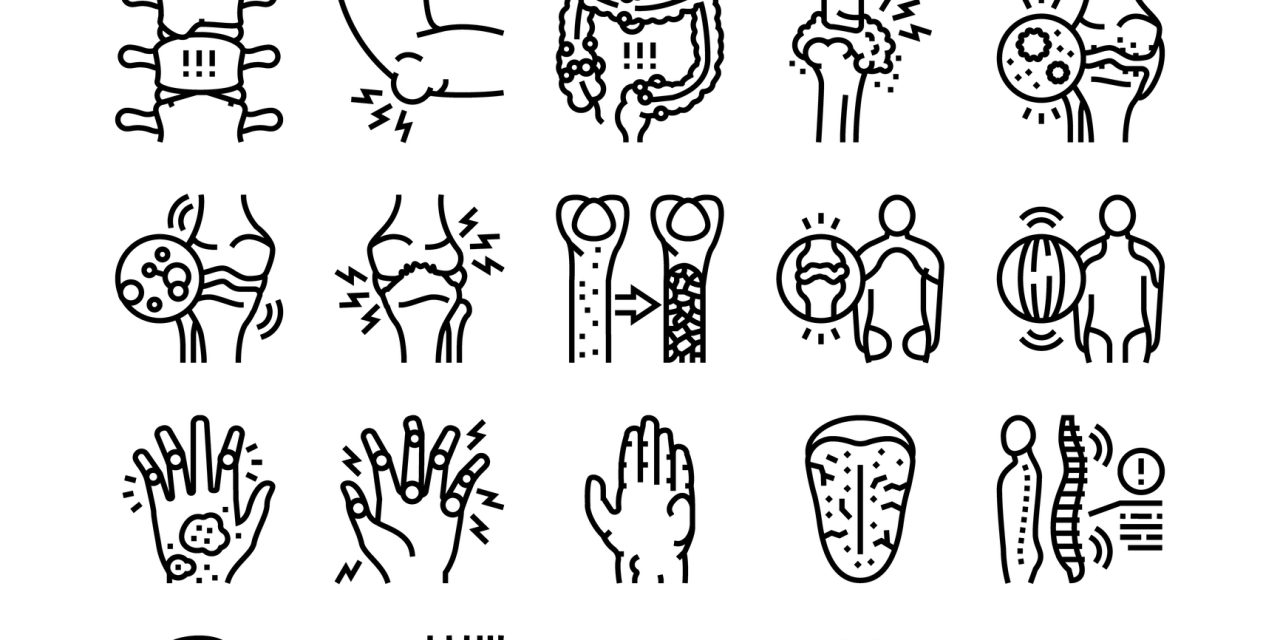Outcomes after repair of bucket-handle meniscal tears tend to be satisfying in the short-term follow-up. However, the literature is scarce regarding long-term data following repair of bucket-handle meniscal tears. The aim of this study was to assess long-term follow-up outcomes, focusing on knee osteoarthritis (OA) development and failure rate, and determine risk factors associated with failure.
This is a retrospective cohort study, including all patients with bucket-handle tears within 4 mm of the menisco-synovial junction, who underwent meniscal repair, either isolated or combined with anterior cruciate ligament reconstruction (ACLR) between 2004 and 2015. A combination of all-inside, outside-in, and inside-out repair technique was used in all patients. Patients over 40 years old, concomitant multi-ligamentous injuries, and severe cartilage lesions documented intraoperatively were excluded. During the follow-up, a meniscus was considered healed using Barrett’s criteria, while knee OA evaluation was performed according to Kellgren-Lawrence (KL) classification using standing knee radiographs. Patients were assessed preoperatively as well as postoperatively in terms of knee function using International Knee Documentation Committee (IKDC) score, Lysholm score, and Knee injury and Osteoarthritis Outcome Score (KOOS).
In total, the inclusion criteria were met by 66 patients. Median age at the time of operation was 21.9 years (13-39). Median follow-up was 114 (62-176) months. Total failure rate was approximately 33% at median time of 19 (6-39) months. Osteoarthritis was statistically significantly more prevalent in patients with failed repairs (mean KL score: 2.09) in comparison to patients with successful repairs (mean KL score: 0.54) p = 0.001. In addition, successful repairs were associated with higher KOOS score as compared with failed repairs (mean ± SD, 89.6 ± 4.6 vs 77.8 ± 4.9 p < 0.001), higher IKDC score (mean ± SD, 88.2 ± 5.1 vs 79.2 ± 5.2 p < 0.001), and Lysholm score (mean ± SD, 90.3 ± 5.3 vs 78.4 ± 7.8 p < 0.001). Patients with medial meniscus repair had 4.8 higher relative likelihood of failure compared to lateral meniscus [p = 0 .014, OR = 4.8 (95% Cl 1.2, 18.6)]. Patients over 16 years old had 5.7 higher relative likelihood of failure [p = 0 .016, OR = 5.7 (95% Cl 0.04, 0.85)]. Concurrent ACLR did not have a significant effect on the postoperative outcomes.
A high rate of clinical failure was observed after meniscal repair of bucket-handle tears. However, successful treatment led to lower rates of knee OA development and better knee function, approximately 10 years postoperatively. Meniscal repair of bucket-handle tears is recommended to improve knee function and prevent knee OA in young patients.
III.
© 2021. The Author(s) under exclusive licence to European Society of Sports Traumatology, Knee Surgery, Arthroscopy (ESSKA).
Long-term follow-up of bucket-handle meniscal repairs: chondroprotective effect outweighs high failure risk.


